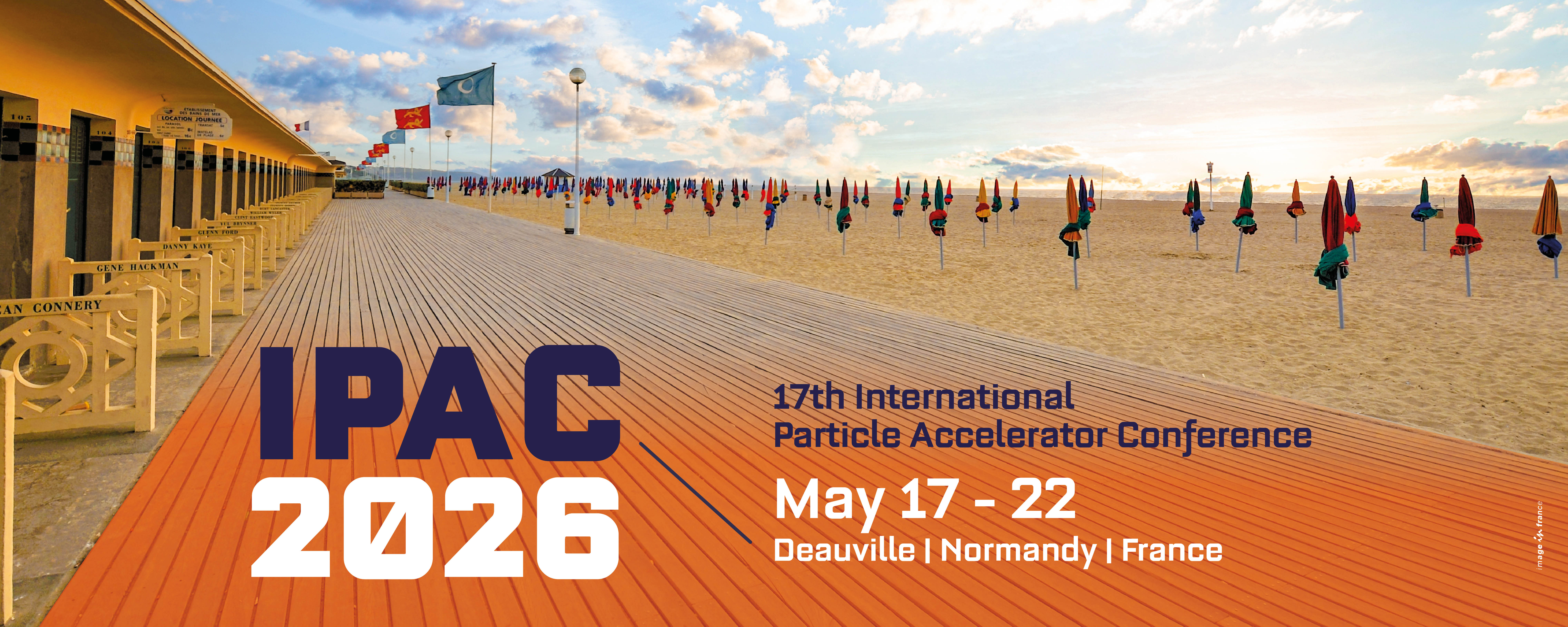Speaker
Description
Synchrotron light sources are undergoing a major transformation, driven by the need for higher brilliance, greater efficiency, and more advanced experimental capabilities. The transition to 4th generation synchrotrons is enabling groundbreaking research in imaging, spectroscopy, and materials science, with improvements in accelerator design, beam stability, and data handling. Key advancements include multi-bend achromat lattices for reduced emittance, energy-efficient permanent magnet systems, and increasingly automated, AI-enhanced workflows for data acquisition and analysis. Facilities worldwide are also integrating new beamline technologies to support high-throughput experiments and multimodal studies. In parallel, efforts to improve sustainability and optimize user access models are shaping the future of synchrotron research. These developments are not only expanding scientific possibilities but also reinforcing international collaboration, ensuring synchrotron facilities remain at the forefront of innovation.

